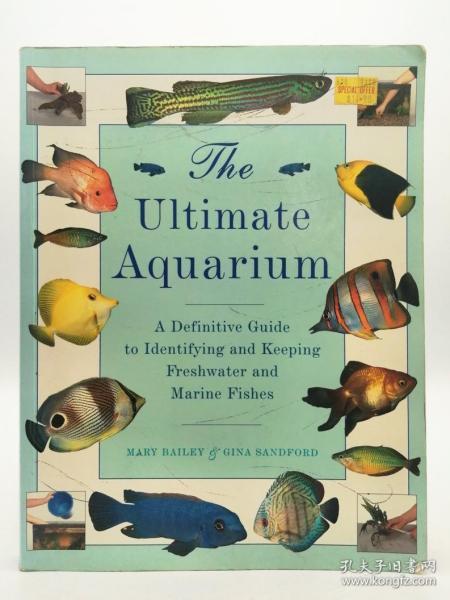"Ultimate Guide to Pet Fencing: Choosing the Best Pet Fencing Solutions for Your Furry Friends"
Guide or Summary:Introduction to Pet FencingTypes of Pet FencingBenefits of Pet FencingChoosing the Right Pet FencingIntroduction to Pet FencingPet fencing……
Guide or Summary:
- Introduction to Pet Fencing
- Types of Pet Fencing
- Benefits of Pet Fencing
- Choosing the Right Pet Fencing
Introduction to Pet Fencing
Pet fencing is an essential aspect of responsible pet ownership, providing a safe and secure environment for your beloved animals. Whether you have a dog that loves to roam or a curious cat that enjoys exploring the great outdoors, investing in the right pet fencing can help keep your pets safe from potential dangers and prevent them from wandering off.
Types of Pet Fencing
There are various types of pet fencing available on the market, each designed to cater to different needs and preferences. The most common types include:
1. **Traditional Fencing**: Wooden or vinyl fences are often used for larger yards. They provide a solid barrier that can keep pets contained while also enhancing the aesthetic appeal of your property.
2. **Invisible Fencing**: This innovative solution uses a buried wire system and a collar that emits a warning beep when your pet approaches the boundary. If the pet continues, it receives a mild static correction. This option is popular for its unobtrusive nature but requires proper training to ensure your pet understands the boundaries.
3. **Portable Fencing**: Ideal for pet owners who travel or have temporary setups, portable fencing is lightweight and easy to assemble. It allows you to create a safe space for your pet wherever you go.

4. **Dog Runs**: These are enclosed areas specifically designed for dogs, providing them with a safe space to play and exercise without the risk of escaping or encountering dangers.
Benefits of Pet Fencing
Investing in pet fencing offers numerous benefits for both pets and their owners:
- **Safety**: The primary benefit of pet fencing is the safety it provides. It helps protect pets from traffic, wild animals, and other potential hazards.
- **Freedom**: With a secure fenced area, pets can enjoy the outdoors without the risk of running away. This freedom can lead to happier and healthier pets.
- **Peace of Mind**: Knowing that your pets are safe and contained allows you to relax and enjoy your time at home or when entertaining guests.

- **Training Opportunities**: Fencing can also be used as a training tool. It allows for controlled outdoor play and helps teach boundaries to pets.
Choosing the Right Pet Fencing
When selecting the best pet fencing for your needs, consider the following factors:
1. **Size of Your Pet**: The size and breed of your pet will influence your choice of fencing. Larger breeds may require taller or more robust fencing, while smaller pets might be contained with lower barriers.
2. **Type of Terrain**: The landscape of your yard can affect the installation and effectiveness of certain types of fencing. For instance, uneven ground may require more specialized fencing solutions.
3. **Aesthetic Preferences**: Choose a fencing style that complements your home and garden. There are many decorative options available that can enhance your outdoor space while providing security.

4. **Budget**: Pet fencing can vary significantly in price. Establish a budget before shopping and consider both the initial installation costs and any ongoing maintenance expenses.
In conclusion, pet fencing is a vital investment for any pet owner looking to provide a safe and secure environment for their furry friends. With various options available, it’s essential to assess your needs, preferences, and budget to choose the best solution. By selecting the right pet fencing, you can ensure your pets enjoy the freedom of the outdoors while keeping them safe from harm. Whether you opt for traditional fencing, invisible options, or portable solutions, the peace of mind that comes with a secure environment is invaluable.